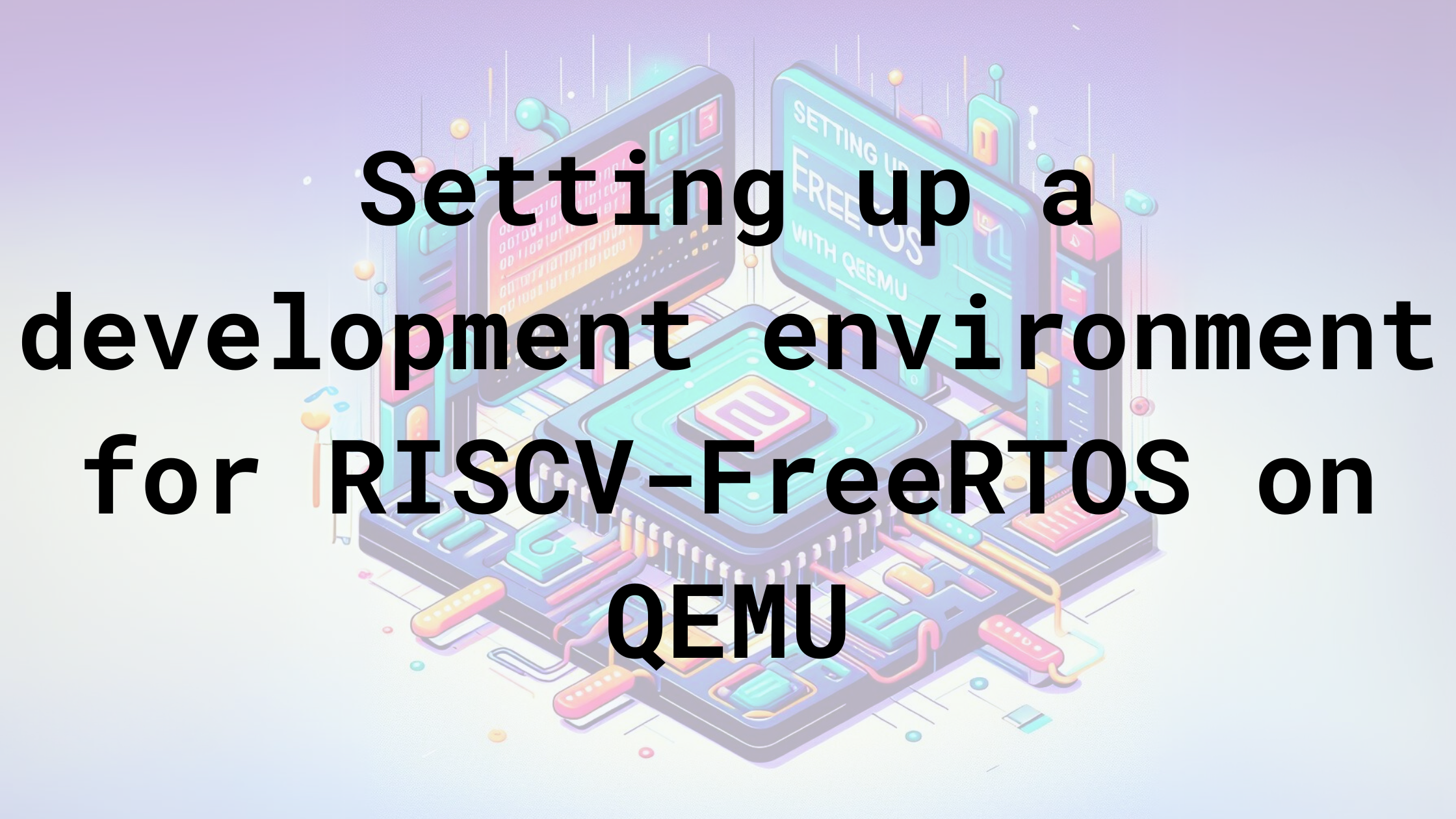Bridging the Gap - Why I Share My Engineering Journey Through Blogging
This is not one of my typical technical deep dives. This is a post about why I blog, based on a conversation I had with my nephew. I hope you find it interesting.
I recently had a long chat with my nephew, who was about to start his Bachelor’s in Engineering. We discussed the advice I wish I had received when I was in his shoes. One key piece of learning that emerged was the value of documenting what you learn. My nephew, like many, viewed writing as a purely theoretical exercise, detached from the practical world of Engineering. I understood his perspective, as I, too, held this belief in my youth. However, I realized that writing about my learning experiences was a crucial tool for effective learning. This post delves into why this practice is essential and how it has personally benefited me.
I have always been an active learner. I need to read a lot, watch videos, and do a lot of practical work. It is difficult for my brain to internalize concepts by just reading or watching. I need to do something with the knowledge to understand it. So, for the better part of my college and early career years, I always found projects to work on and built some cool stuff. But I never wrote about what I learned. I would write code, build circuits, do a lot of practical work and move on to the next project. Over time, I realized that while the core concepts were clear, I could have articulated them better. I struggled to explain the concepts to others, and I often needed to remember details of the projects I had worked on. I realized that I was retaining the knowledge I gained at a macro level, but I was sometimes unable to recall the details. More importantly, though I was touching upon many exciting concepts, I was learning enough to finish the work. I needed to learn to apply the concepts’ broader aspects to other problems. I often found myself in a situation where I would have to relearn concepts I had already learned and apply them to new problems.
Today’s learning happens through YouTube videos, online courses and even AI assistants. But, when I was getting started, google searches about niche topics often led to simple HTML pages written by enthusiasts. These pages are very detailed and straightforwardly explain the concepts. I often found myself going back to these pages to refer to the concepts and realizing that I would learn something new each time I went back. This meant I could only internalize the concepts partially the first time I read them. I realized that I needed to be learning more effectively. This was humbling and inspiring at the same time. This is what led me to start writing about what I learned.
As a start, I wrote about something I (thought I) knew well at the time - PIC 8 Microcontrollers. During my university days, I spent considerable time writing complex assembly code for PIC8 microcontrollers, and I thought I knew the architecture well. I wrote a blog post about the architecture and the instruction set. I was surprised that I had forgotten a few concepts and missed others. I realized this only when I tried to explain the concepts to a virtual audience. A few years later, when I started working for Microchip, I learned even more gaps in my understanding, which triggered quite a bit of my imposter syndrome. But that’s a story for another day. I have re-homed the post from its original Google Sites location to embeddedinn.com.
This first experience was eye-opening, and I realized that writing about what I learn is a great way to learn effectively. Since then, whenever I do a professional or hobby project, I try to write about it at embeddedinn.com. Though it started with articles about the projects themselves, I eventually started including a lot of articles about the concepts I learned while working on the projects.
A happy side-effect of writing about what I learned is that it has helped me professionally. I have been able to articulate my thoughts better, and I have been able to explain concepts to my colleagues and customers better. It has also triggered a lot of exciting side conversations with people who read my articles. Some readers have extreme opinions about my take on things, and often, these conversations lead to more exciting projects and learning opportunities.
Today, the list of things I have written about is an excellent resource for me. I often return to my articles to refer to concepts I have written about. Some of these articles have also become inspiration and reference materials for other like-minded people learning about the same concepts. The challenge now is balancing the backlog of items I have to write about from past projects and completing new exciting projects I take on. But it’s a good problem to have.






Leave a comment